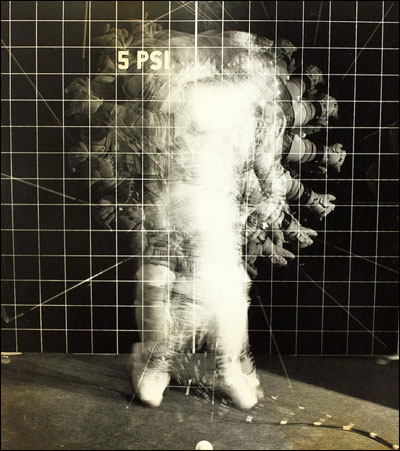Hollywood's Dating Habits: A Quick Education On Geochronology
The brilliant and exuberantly tenacious Phil Broughton is a health physicist, radiation safety educator, and the proprietor/ranter-in-chief of Funranium Labs. It’s a joy to publish his edifying, hilarious essay concerning Hollywood expository narratives as they pertain to… TEH SCIENCE! Illustrated with LULZ from across the world wide interwubz, arbitrarily selected by yours truly. Haha! Sorry, Phil. (No I’m not.) But seriously, Phil is a tremendously gregarious and charming font of knowledge, so feel free to poke him about coffee, nuclear weapons, beer, history, urban exploring, science “or any of the myriad useless facts bubbling about” in his brainmeats at [email protected]. Yay, Phil! ~Mer

Hollywood, we need to talk about your dating habits. In particular, how important it is to have a reference to verify ages before you get in trouble. No, I’m not talking about the hypersexualization of 12 year old girls trying to pass for 18. Nor am I talking about the 60-somethings trying to pass for 18 as well. That is a totally separate headshaking situation.
I would like to blame the movie Prometheus for this rant, but it’s hardly the only guilty party, just the one that finally made me snap. Hollywood, you don’t understand how carbon dating works, that there are other dating methods that sometimes work better, and that the true (unattainable) goal is to find the perfect point of reference to scale them all against. But underlying all of that is a body of scientific work and assumptions that you’ve conveniently ignored in the interest of “character driven plot”. But I have news for you: your characters and your plot make less sense when you take these shortcuts. And when you do this, people become confused as to what science and state of the art technology actually are, to the point that we have to deprogram juries and judges of the CSI Effect in capital punishment trials because Reality. Doesn’t. Work. Like. That.


















